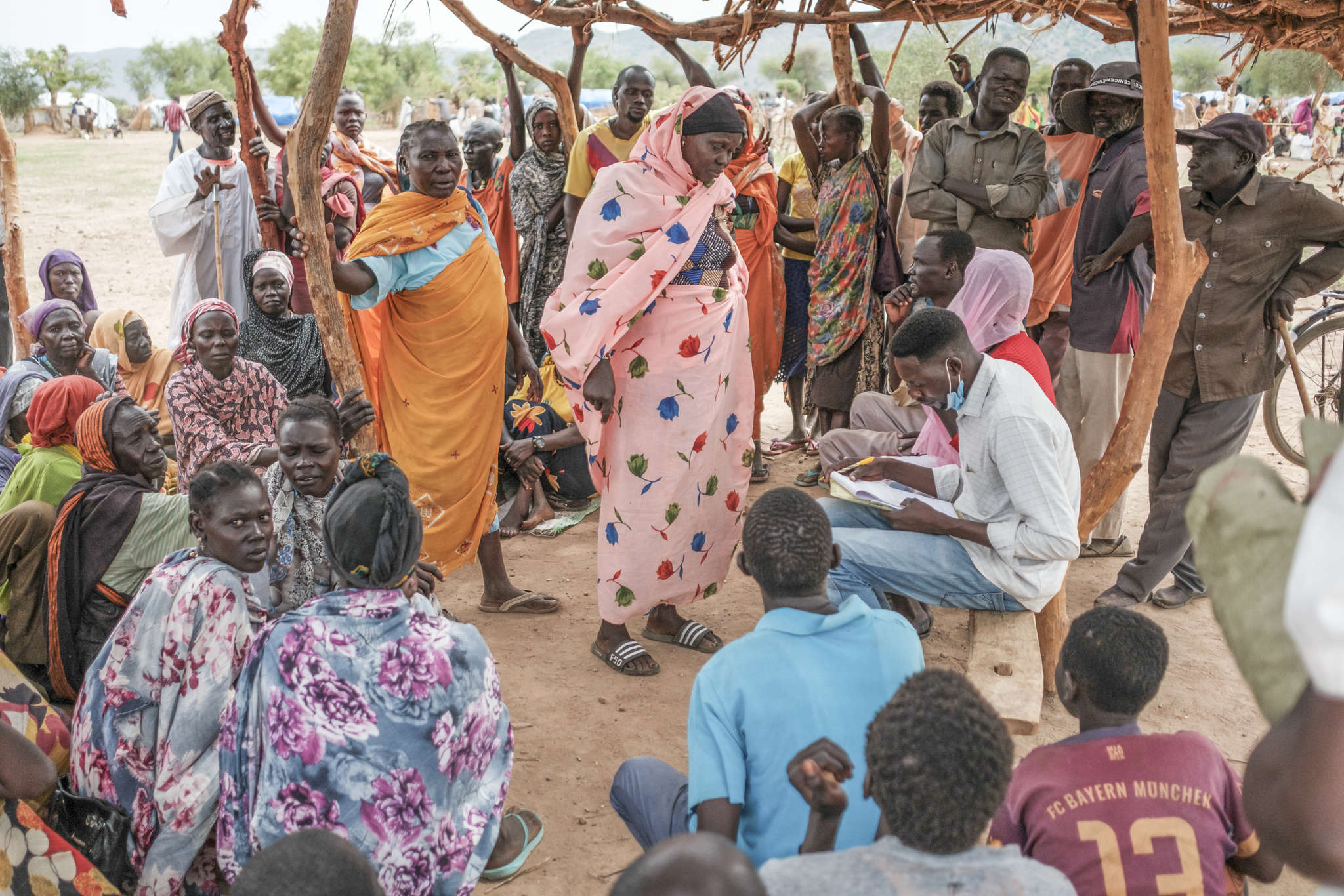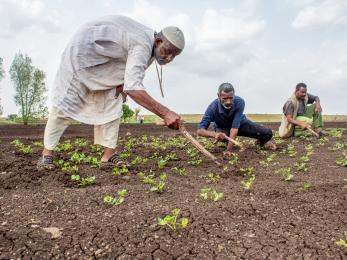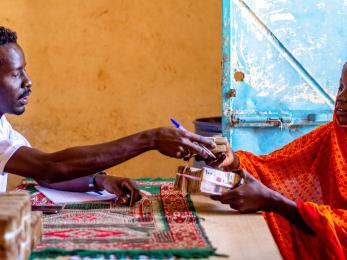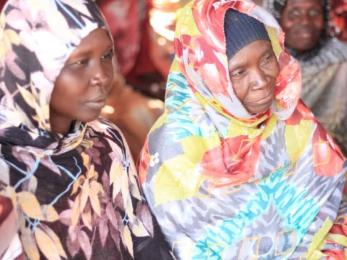Breadcrumb
Sudan

Mercy Corps began our work in Sudan in 2004, and since that time has worked to support hundreds of thousands of Sudanese, displaced households, and refugees from neighboring countries. In 2024, Mercy Corps reached over 991,000 people through emergency response, water, sanitation, and hygiene, peacebuilding, agriculture, and climate adaptation programming.
The context
Sudan is experiencing one of the world’s worst humanitarian crises. In April 2023, civil war first broke out between Sudanese Armed Forces and the Rapid Support Forces. Since then, the country has faced massive displacement and the collapse of the health care system. Years of grinding conflict have multiplied hunger, displacement, and suffering—pushing more people to the brink of catastrophe. Necessities such as food, shelter, and water are now well beyond reach for many families. In 2025, 30.4 million Sudanese are in need urgent help—a staggering 23% increase from 2024. Learn more about the conflict.
People in Sudan are experiencing one of the fastest deteriorating hunger crises in the world. Famine conditions are rapidly spreading, and children are dying every day from hunger. Most markets and supply routes have broken down, and prices for food and basic goods have skyrocketed—making even the most essential items unaffordable for many families.
Decades of conflict, limited investment in agricultural production, and growing environmental shocks and stresses have resulted in cyclical food insecurity in many communities. Sudan now ranks among the top four countries with the highest rates of severe malnutrition. In Central Darfur, Mercy Corps assessments conducted between June and July 2024 found that nine out of ten children under five were suffering from life-threatening malnutrition.
More than 12 million people were forced from their homes—over half of them children. One in every three Sudanese is now forcibly displaced, making Sudan the country with the highest number of internally displaced people globally.
Despite these challenges, Mercy Corps is committed to supporting communities in Sudan to cope and adapt in the wake of conflict and disasters, leading to more secure and productive futures.
Our impact
Mercy Corps is working alongside communities and partners to support families in Sudan with emergency and long-term assistance. Our programs make an impact across these areas:
Delivering life-sustaining emergency aid
Mercy Corps is supporting communities in nine of Sudan’s 18 states, as well as laying the groundwork for recovery after the violence ends. Nearly 100,000 people have received emergency cash assistance and vouchers to buy essentials like food, water, medicine, and hygiene supplies.
Through a partnership with Sudan’s Ministry of Health, Mercy Corps is supporting efforts to prevent malnutrition among young children by offering assessment, providing essential nutritional supplements, referring severe cases for treatment, and training caregivers on healthy infant and young child feeding practices.
Supporting farmers to strengthen food security
More than 76,000 farmers affected by conflict have received high-quality seeds, fertilizer, and essential supplies in preparation for the planting season. The provisions help mitigate against the costs for food and essential items, which have drastically increased due to the ongoing conflict.
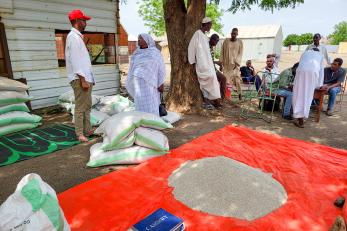
In addition to helping farmers to increase their yields, Mercy Corps is offering small business support. In areas where it is possible to do so, farmers are receiving access to markets to help earn more income by training farmer cooperatives on market opportunities and connecting them to buyers. Our programs have hosted agricultural fairs to promote business outreach and linking farmers, agribusiness companies, and government organizations to modern equipment and supplies.
